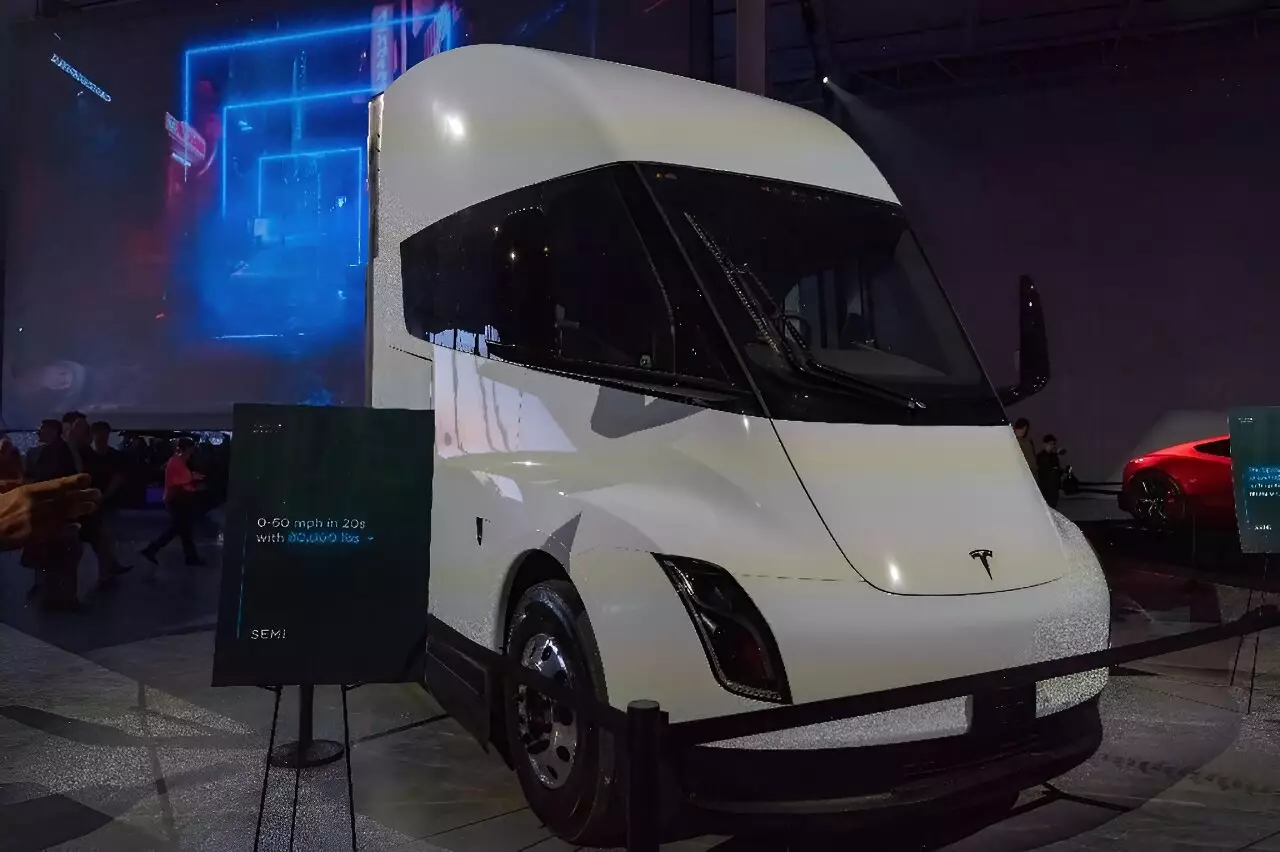In a striking example of the complexities surrounding electric vehicle (EV) incidents, firefighters in California utilized an extraordinary amount of water—approximately 190,000 liters—to quell a fire linked to a Tesla Semi truck after a crash this month. This situation underscores the distinctive challenges that electric vehicles present, particularly due to the nature of their lithium-ion battery systems. When these batteries fail, as seen in this incident, the resulting fires can be more intense and harder to control compared to traditional gasoline-powered vehicles. The National Transportation Safety Board (NTSB) provided insight into this incident, highlighting the extraordinary measures taken by emergency responders.
The accident occurred early on August 19, near Emigrant Gap in California, when a Tesla employee’s Semi truck veered off the roadway, striking a tree and subsequently coming to rest against multiple others. Fortunately, the driver escaped without injury. However, the post-collision fire ignited due to the compromised lithium-ion battery, necessitating a massive firefighting response. In a proactive decision, California firefighters not only doused the flames with water but also deployed an aircraft to release fire retardant in the vicinity—a method often reserved for controlling forest fires. This incident serves as a grim reminder of how EV fires can pose unique threats, particularly in areas drought-stricken by summer wildfires.
The freeway closure lasting roughly 15 hours illustrates the extensive precautions taken to prevent the fire from spreading to nearby forested areas. Firefighters worked diligently to ensure that the vehicle’s batteries were cooled to a safe temperature before recovery efforts could begin. This episode raises critical questions regarding the protocols in place for managing electric vehicle fires, especially as their prevalence increases on the roads. The intensity and duration of this fire are not merely anomalies; they may become more common as EVs become ubiquitous. It highlights the need for continuous training and resources for first responders, who must adjust to the unique hazards posed by electric vehicles.
Despite the safety challenges exemplified by this incident, Tesla remains committed to further developing its Semi truck and plans to ramp up production by the end of 2025. CEO Elon Musk has indicated that early versions of the Semi truck have already been dispersed to select companies, such as PepsiCo, showcasing the vehicle’s commercial potential. However, incidents like this one will likely cast a long shadow over public perception and regulatory discussions surrounding the safety of electric vehicles.
As electric vehicle technology advances, so too must the methods for managing their associated risks. This incident highlights an urgent need for improving fire safety measures, both in the design of electric vehicles and in the training afforded to those who will respond to incidents involving them. The challenges of combating electric vehicle fires demand innovation in firefighting technology, protocol updates, and ongoing education to ensure safe and effective responses as the automotive landscape continues to evolve.


Leave a Reply